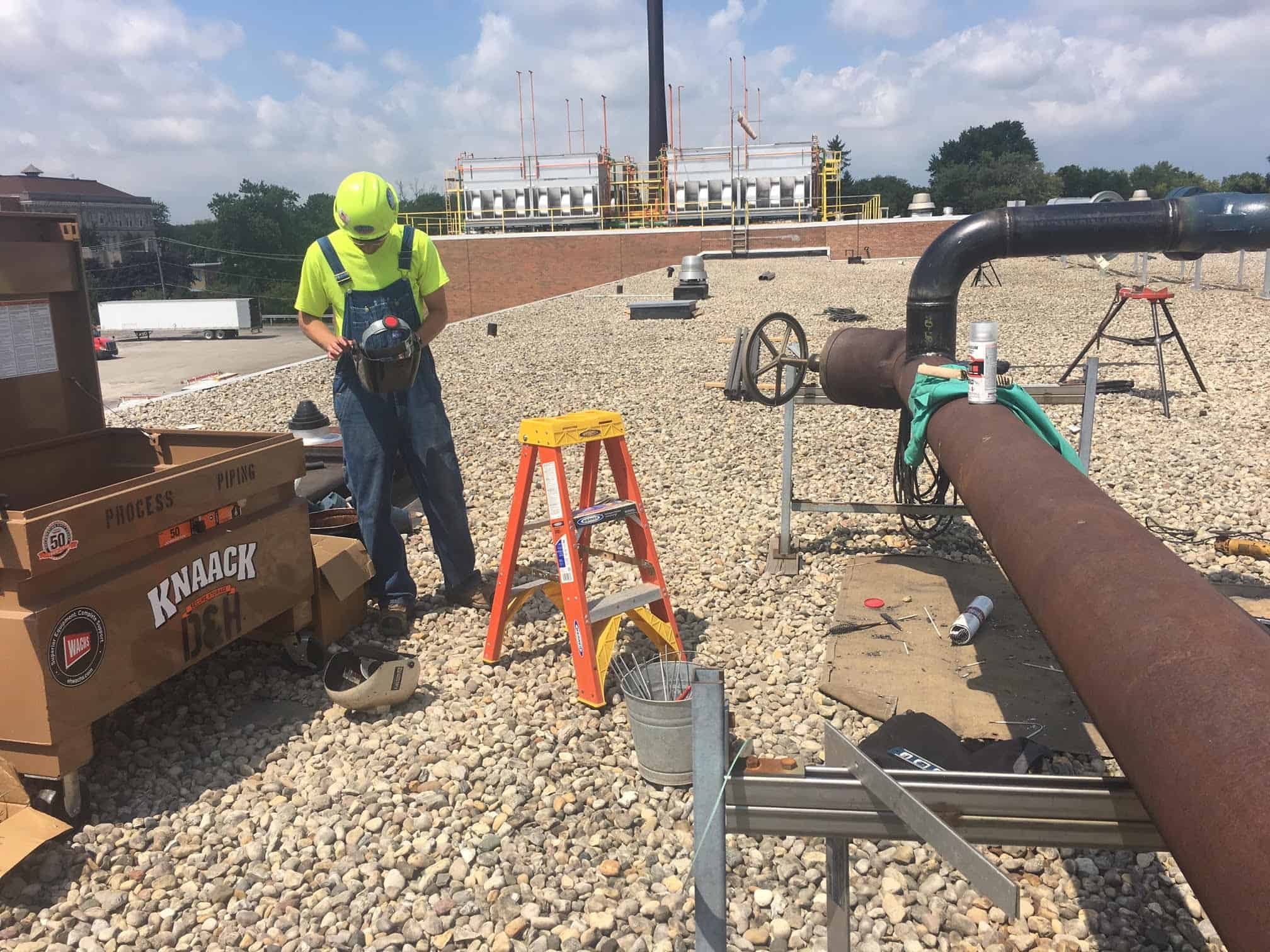

We must soon “run the world on renewables” but cannot, and should not try to, accomplish this entirely with electricity transmission. The methanol production rate and exergy efficiency of the methanol production cycle are reduced to 6.932 kg h⁻¹ and 34.62%. Besides, a decrease in the mass flow rate of CO2 from 30 to 10 kg h⁻¹ raises the exergy efficiency of the integrated structure to 21.99%. Sensitivity analysis results show that the decline in the mass flow rate of methane from 9 to 5 kg h⁻¹ leads to an increase in the integrated structure's total thermal and exergy efficiencies to 18.28% and 28.54%, respectively. Exergy analysis indicates that photovoltaic panels have the maximum exergy destruction share (71.09%) followed by reactors (18.72%). The thermal efficiencies of the methanol production cycle, GTL cycle, and the hybrid structure are 86.64%, 51.06%, and 15.00%, respectively. The structure produces 17.95 kg h⁻¹ methanol, 45.54 kg h⁻¹ heavy hydrocarbons, and 20.44 kg h⁻¹ ammonia. Photovoltaic panels and parabolic trough collectors provide electrical and part of the thermal required in the process. CO2 is captured and utilized for the production of liquid methanol. It mainly consists of several subprocesses including thermo-electrochemical cycle, CO2 capture, ammonia and liquid methanol production, and gas to liquid (GTL). This paper designs a novel hybrid process for simultaneous production of liquid methanol, ammonia, and heavy hydrocarbons using the combustion products of hydrocarbons emitted from industrial plants and methane. Chemical hydrogen storage is one of the efficient methods for converting renewable energy into valuable fuels for energy storage and transportation. For example, DN 50 is the equivalent designation of NPS 2.The remarkable growth in global energy demand and greenhouse gas emissions necessitates the development of methods for efficient and reliable exploitation of sustainable and carbon-neutral energy sources.

It indicates standard pipe size when followed by the specific size designation number without a millimeter symbol. E2 or E2M.ĭiameter nominal (DN) is also a dimensionless designator of pipe size in the metric unit system, developed by the International Standards Organization (ISO). The inside diameter will depend upon the pipe wall thickness specified by the schedule number. For example, NPS 14 pipe has an outside diameter equal to 14 in.

However, the outside diameter of NPS 14 and larger pipe is the same as the size designator in inches. The NPS 12 and smaller pipe has outside diameter greater than the size designator (say, 2, 4, 6. For example, NPS 2 indicates a pipe whose outside diameter is 2.375 in. It indicates standard pipe size when followed by the specific size designation number without an inch symbol.

Nominal pipe size (NPS) is a dimensionless designator of pipe size.


 0 kommentar(er)
0 kommentar(er)
